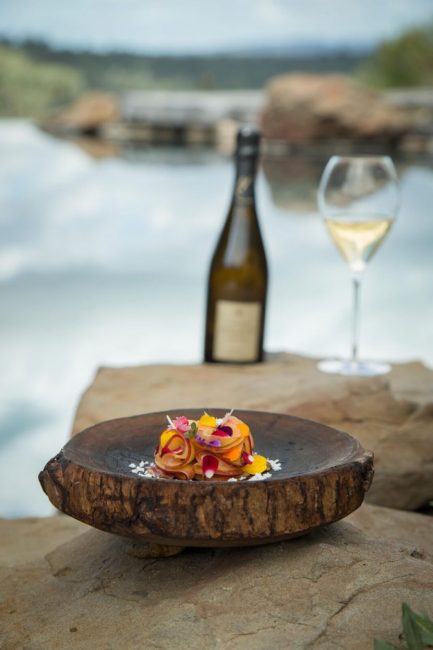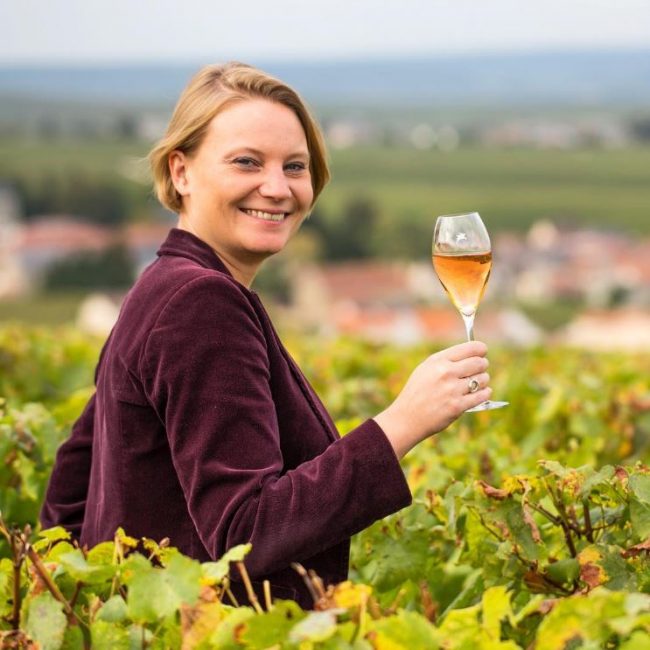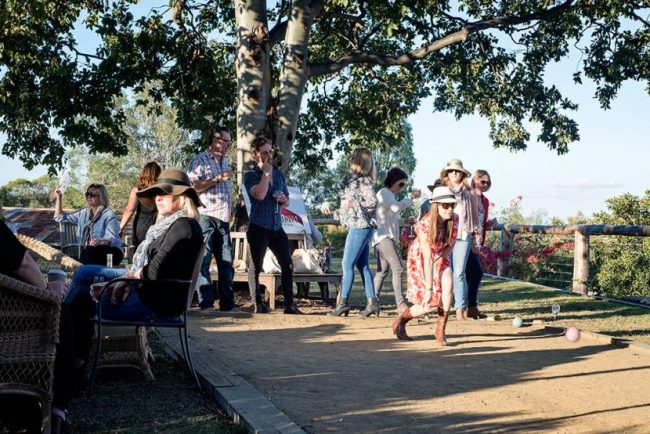In 2014, David Donald, of David Donald Champagnes was knighted for his services to Champagne, into L’Ordre des Coteaux de Champagne, an ancient order dating from the mid 1600s. We talk to him about how his passion for champagne was ignited and his recommendations for those keen to taste-test beyond the big name bottles.
When and how did you become interested in champagne?
A cliché perhaps but it was literally the first time I had a bottle of ‘actual’ champagne as opposed to just bubbles. It was 1989 and I had just moved to Auckland after nine years in London and old mates from Brisbane, the Go-Betweens, were touring. I had offered to take them out to the beach for the day, and on route, Willsteed (the bass player) demanded “We must have champagne!” After sharing a couple of bottles of Pol-Roger, I was hooked. Not really in my budget at the time, but I knew that there was much more to champagne than I had ever imagined, and couldn’t wait to try more!
Are we too unadventurous when it comes to buying champagne?
‘Champagne’ is arguably the most well-known global brand. The larger houses spend an enormous amount on promotion as champagne can engender the most powerful brand loyalty. How often do you hear people say ‘I only drink Bolli or I only drink Veuve’? I believe this stems from that first great bottle of bubbles that the person experienced, whether it was the occasion or the taste itself. As most Champagne houses seek to produce a consistent wine in their own unique house style, the consumer knows what to expect. If you were going to purchase a bottle of champagne as a gift, would you choose a wine that the recipients were unfamiliar with, no matter how good it may be? Brand recognition is a strong deciding factor. Most people would be familiar with the top ten or twenty brands, but there are actually more than 4,500 producers who bottle under their label!
Here are 5 champagnes to try if you are keen to explore further….
If you like: Billecart-Salmon Brut Rose try…. Marc Hebrart Brut Rose Premier Cru NV.
One of only 5 Champagne producers to be listed in ‘Wine and Spirits’ Magazines ‘Top 100 Wineries of the World.’ A fascinating comparison with Billecart as it is the same premier cru village, the same blend of 50% Chardonnay/ 50 % Pinot Noir and I have often served them together blind, I think you can guess which one has always come out on top. Brighter, more vibrant fruit and quite a difference in price. Take advantage before he becomes too famous!
If you like: Charles Heidsieck Brut Reserve try…. Dumenil Grande Reserve Premier Cru Brut NV.
One of my favourite Grand Marque NV’s has always been Charles Heidsieck Brut Reserve NV, and the reason why I love it, is that has one of the highest levels of reserve wines which account for about 40%. The use of reserves gives a core layer of depth and complexity, while still retaining freshness. As an alternative you must try Dumenil, a label established in 1874, and the great grand-daughter is in charge today, and is one of the leading female leaders in Champagne. The Dumenil policy is that for all non-vintage wines must have a minimum of 50% reserve wines in the blend and it shows! If the non-vintage blend reflects the house style and quality, you will not be disappointed by any of the cuvees, a house that deserves much greater recognition, and this is the first time they have been available in Australia
If you like: Moet Brut Imperial or Pol Roger Brut NV try…. Champagne Salmon Montogolfiere Brut NV
A similar blend but what stands out is how it jumps out of the glass and instantly puts a smile on people’s faces! I’m a huge fan of Salmon’s more serious cuvees (they have 5 different 100% Meunier releases) but when shown at a group tasting, this was the wine that grabbed everyone’s attention. The Montgolfiere (hot-air balloon) is Salmon’s house symbol. For three generations, winemaking duties have been passed down from father to son, with all three family members still involved with production today. They are all qualified and mad keen balloonists, and this cuvee is homage to their combined love of the vines and the sky. The perfect accompaniment should you ever be ballooning!
If you like: Taittinger, Pommery or Laurent Perrier try…. Champagne Nomine-Renard Brut Nomine NV
Nomine-Renard first came to my attention when they came third out of 118 entries in a blind tasting of non-vintage champagnes in Decanter magazine. Renowned for their NV blends, there is a purity and refinement, guaranteed to give pleasure and a smile to the face. Elegance personified.
If you like: Bollinger or Louis Roederer try….Champagne Mouzon-Leroux ‘Atavique’ Verzy Grand Cru NV
Sebastien Mouzon is one of the rising stars of Champagne gaining an almost cult-like status amongst serious collectors. All fruit is sourced from their biodynamic vineyards in the grand cru of Verzy. Partly fermented in oak with no filtration or fining and minimal use of sulphur – this is the perfect expression of Verzy fruit. The wine is lifted, powerful and complex with a core of minerality and a creamily textured mouthfeel. This is a producer to watch
















